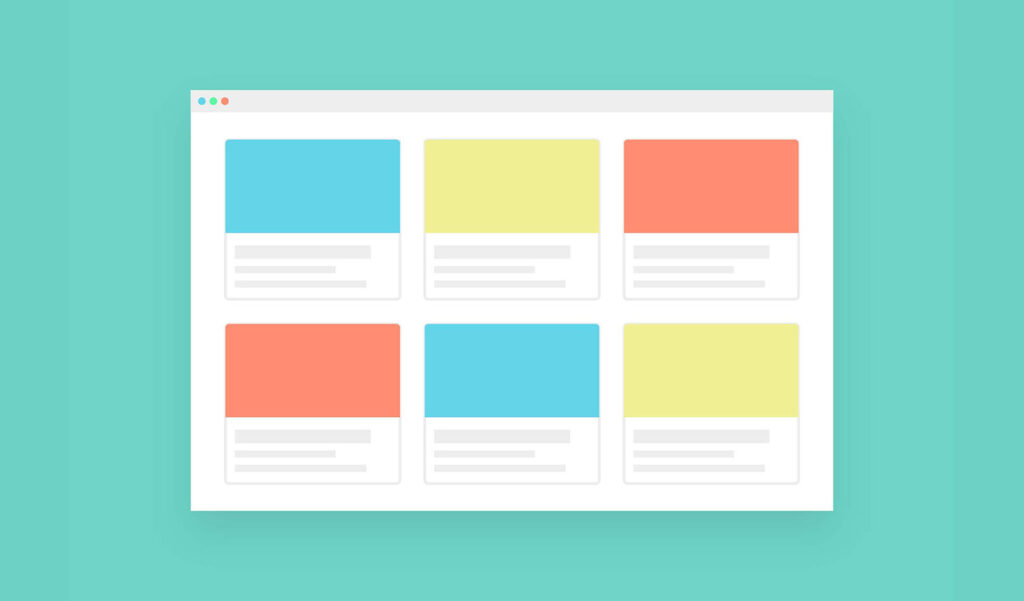Flat design is a minimalistic design philosophy, focusing on: color palette, typography, and minimal effects. Simplistic, or flat design, is not realism; abandoning shadows, gradients, textures and bevels. This “less is more” attitude parallels earlier trends, trends that adopted realistic visual elements. Deemed the “skeuomorphic era,” design once treasured an interface modeling picture-perfect representations of physical objects: skeuomorphism. However, the “flat revolution” has altered the three-dimensional aesthetic previously utilized by applications.
What Generated the Flat Revolution?
Existing Opposition?
Minimalism is not new ideology, but rather, a reinvigorated trend responding to skeuomorphism. Google, for example, has utilized flat design for years. Still, we got tired, tired of similar styles and began to derive the necessities for clean interfaces.
Skeuomorphic Limitations?
Skeuomorphism sometimes hits the “uncanny valley” between an object resembling physical counterparts, but behaving differently. Effort to employ functionality and realist visuals often complicates design.
Clean Functionality?
User experience, UX, is a popularized term for user-friendly interactions. Flat design contributes to this methodology, considering usability before implementing realistic or intricate visuals. Simplicity, mobile compatibility and acknowledgement of users paved way for aesthetic alterations.
Efficiency?
You could argue flat design is faster, eliminating the “extra” from layouts. After all, flat design indicates less time in Photoshop. OK, but your design still values visuals. Generating a cohesive “flat” interface is arguably harder, because generating simplistic, yet elegant design should be stimulating.
What Generated the Flat Revolution?
Flat design, though elements may be recycled, is a trend. It is a response to skeuomorphism, and a testament to software constraints, particularly for smartphones and responsive design. Design fads already acknowledge modifications to flat methodology. Long shadow, alteration to minimalistic design, for example, casts long shadows, as its title would suggest, over icons or bold text.
Whilst values and technology change, flat design should not be ignored. Though trendy does not imply good design, flat design implements usability. Our design considerations are evolving, improving and flat methodology, like skeuomorphism, is further exploration into design capability.

